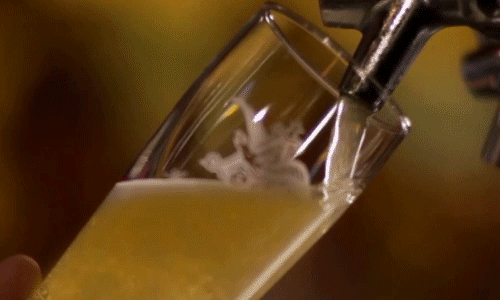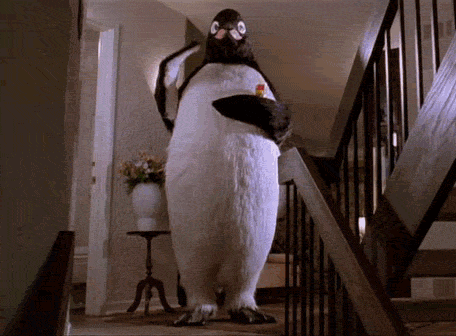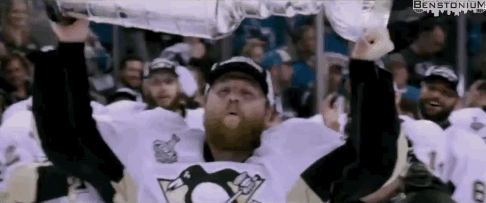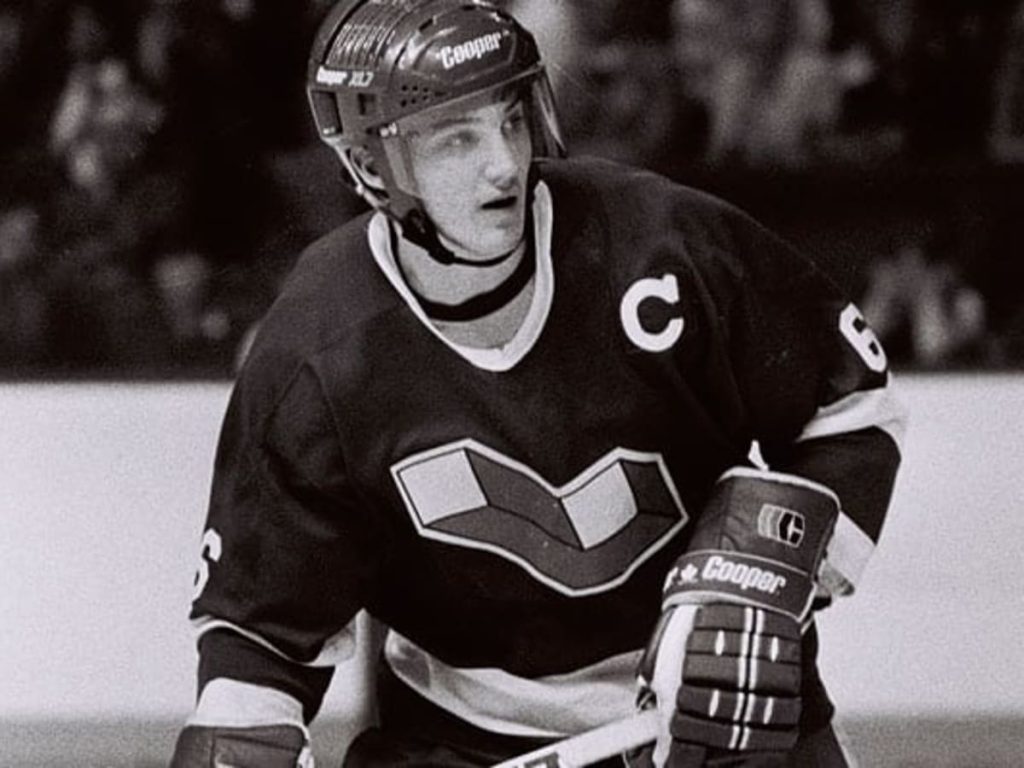
For just the second time since the 2006 Entry Draft, the Pittsburgh Penguins will have a stake in what goes on at this year’s draft lottery. For most of the years between 2006 and now, thanks to playoff appearances of varying lengths, Pittsburgh has had to wait to make its first round selection somewhere between 20th and 30th overall, if they’ve even made a first round selection at all. Part of the mentality by management in this time has been to trade away first round picks to help bolster the roster at the moment, seeing how most draftees are still a few years from being productive enough to earn a roster spot (unless their team is weak already). Whether trading those picks has been beneficial to the franchise is up to the historians in the room, but when you consider that only one of those trades was followed quickly by two Stanley Cups (the Phil Kessel trade in 2016) while the others were varying degrees of misses, it seems to me that in many cases the trades were not effective. (I have detailed the prior sixteen years’ worth of first round picks that have gone through the Penguins’ hands in two parts: Part 1, Part 2.)
Now, observant Penguins fans may realize that I mentioned that the Penguins have had one other instance of interest in the draft lottery since their streak of playoffs appearance began in 2007. The other circumstance was in 2012, when Pittsburgh held the rights to Carolina’s first round pick thanks to then-Hurricanes-GM Jim Rutherford’s generosity. On the day of the draft, Rutherford acquired the Penguins’ first round pick from 2006, Jordan Staal, in exchange for a hearty return: Carolina’s first rounder in 2012, Brandon Sutter, and Brian Dumoulin. Sutter was already an established bottom-six center, and Dumoulin was still a long-term project at the time as he was heading into his third year post-draft (it would take another three years for him to play in Pittsburgh full-time), but it was quite the trove to send then-Penguins-GM Ray Shero for Staal, a guy who had only cracked the 50 point mark once in his career while playing third fiddle center to Sidney Crosby and Evgeni Malkin.

At the time then, the real gem of the deal was the Hurricanes’ first round pick which Rutherford left totally unprotected; if Carolina managed to end up with the first overall pick, that would’ve gone to the Penguins. The rules at the time stated that a team could only move up five spots in the draft lottery, so when the Hurricanes finished the 2011-12 season with the eighth-worst record in the League, that meant Pittsburgh was possibly looking at as good as the third overall pick. But, the lottery balls would simply keep the Hurricanes/Penguins in eighth place, still a good position for a prospect with the potential to support Pittsburgh in the relatively near-term. And so it would be that the Pittsburgh Penguins would draft defenseman Derrick Pouliot with that eighth overall pick. If you don’t know how that turned out, maybe read the relevant section of Part 1 of my aforementioned series. To summarize, four of Pouliot’s peers to join the Penguins from that draft class have played more games in the NHL than Pouliot, and a further fifty-two of the entire League’s-worth of peers have played more games than him as well.
To be fair to Pouliot, Rutherford, and Shero, that 2012 draft was a total crapshoot on top of being weak. The first overall pick, Nail Yakupov, was one of the most notorious first overall picks of all time (in any sport) simply because he never showed anywhere near the offensive prowess befitting a guy who was the near-consensus #1 pick in that draft class. At third overall Montreal selected Alex Galchenyuk who, like his fellow Sarnia Sting alumnus Yakupov, also hasn’t quite lived up to the promise of his junior league production, although he is still in the NHL. In fact most of the draft featured a lot of depth NHLers with a few exceptions. It could be argued that the top three players from that draft were in fact goaltenders, with Andrei Vasilevskiy (19th overall), Frederik Andersen (87th), and Connor Hellebuyck (130th) on top of the pile. Other notables include Morgan Reilly (5th), Hampus Lindholm (6th), Jacob Trouba (9th), Filip Forsberg (11th), Tomas Hertl (17th), and Teuvo Teravainen (18th). In all twelve players from the 2012 draft have been named All-Stars at some point in their careers, all of them after the 8th overall pick.
As for today, the Pittsburgh Penguins are overwhelming favorites for the fourteenth overall selection, but there is a slight chance of them moving up the draft board all the way to fourth or fifth, or even down to fifteenth or sixteenth. The way the lottery works is this (I am shamelessly copy-and-pasting this from NBC Sports since somehow the NHL doesn’t manage to explain it well on their own site):
Teams are randomly assigned four-digit combinations that are computer generated. Numbered balls are placed into the lottery machine and four balls are drawn at 15-second intervals. The team with the winning combination is awarded the pick. The numbered balls are returned to the machine and the process is repeated for the next pick. The number of drawings was reduced from three to two beginning in 2022 to ensure that the team finishing last in the standings picks no later than No. 3. The remainder of the draft order is set by the inverse order of the standings.
To summarize, the lottery actually comprises of two drawings: one set of four balls/numbers for the first overall selection, and another set for the second overall selection. Teams can only move up ten spots at most, so if Pittsburgh (with 1.5% odds of being drawn in either lottery, so 150 combinations out of a total of 10,000) does have its numbers drawn, they can move up the draft board as high as fourth or fifth; subsequently, if a team below them gets their numbers drawn, that’ll push Pittsburgh down at most two spots.
Byron Bader of Hockey Prospecting tracks NHL draft prospects and came up with the following “hit rates” per draft position:
As you can see, fortunes would indeed change dramatically for the Penguins if they landed in the top five. They could go from having a possible medium-term addition to their lineup, one which perhaps would not very useful until after Sidney Crosby and Evgeni Malkin hang up their skates, to possibly an immediate addition with an outside chance of making a major impact on the team in these waning years of the Crosby/Malkin era. Even at 14th and 15th overall, there are still some big names in the NHL who were taken then and have been impactful to their teams. Active NHLers in that group include Erik Karlsson, Dylan Larkin, J.T. Miller, Cole Caufield, Jaden Schwartz, Charlie McAvoy, and Jake Debrusk. As you can imagine, jumping up into 4th or 5th overall gives a larger group of active NHLers: Mitch Marner, Cale Makar, Luke Hughes, Nicklas Backstrom, Brady Tkachuk, Evander Kane, Ryan Johansen, Lucas Raymond, and Alex Pietrangelo were all taken at 4th alone; taken at 5th overall includes the likes of Elias Pettersson, Blake Wheeler, ol’ buddy Phil Kessel, Elias Lindholm, Brayden Schenn, and Morgan Reilly.

Like Forrest Gump says, “Life is like a box of chocolates: you never know what you’re gonna get.” The fact that QuantHockey.com lists 10, 12, 14, and 15 active players who were taken 15th, 14th, 5th, and 4th overall, respectively, and that careers typically last 15 years or more if a player is lucky means that there’s a fair few draft picks that have been taken in the last ~15 drafts that are no longer active. Like the lottery that precedes the draft, a draft pick is just as much a lottery itself. At 14th overall, the Penguins are looking at long odds for a quality NHL-level prospect. In fact only one player taken 14th overall has been inducted into the Hall of Fame (Ken Dryden) while, curiously, the list balloons to three one spot down (Mike Bossy, Joe Sakic, Al MacInnis). In any event, the range of possibilities for what comes of the career of a 14th overall pick is quite wide, while naturally the scope narrows as you go up the draft board. Whether the Penguins end up with a future Hall of Famer, perennial All-Star or award nominee, depth player, or a complete dud is ultimately out of their hands.
For now, the fact that Pittsburgh is even in this position is equal parts frustrating and exciting. Frustrating because the Penguins did not have to be in this position to begin with, if not for the ineptitude of their most recent (and gratefully departed) general manager. Exciting because there is at least a modest chance of the team drafting a quality prospect, something the franchise has not had much of in the last ten years. The youngest home-grown players on the Penguins roster last year were Jake Guentzel and Tristan Jarry, taken 77th and 44th overall, respectively. I shouldn’t have to tell you that Guentzel’s success is the exception but he is one of seven active 77th overall picks in the NHL this past season. Again, curiously, only six players taken 44th overall were active in the NHL, and Jarry was definitely one of them. But, it is worth highlighting here that you can find valuable players anywhere in the draft, not just in the first round. In any event, it will be fascinating to see what kind of player Pittsburgh ends up with as their first round selection! (If they even retain the pick…don’t get me started.)

